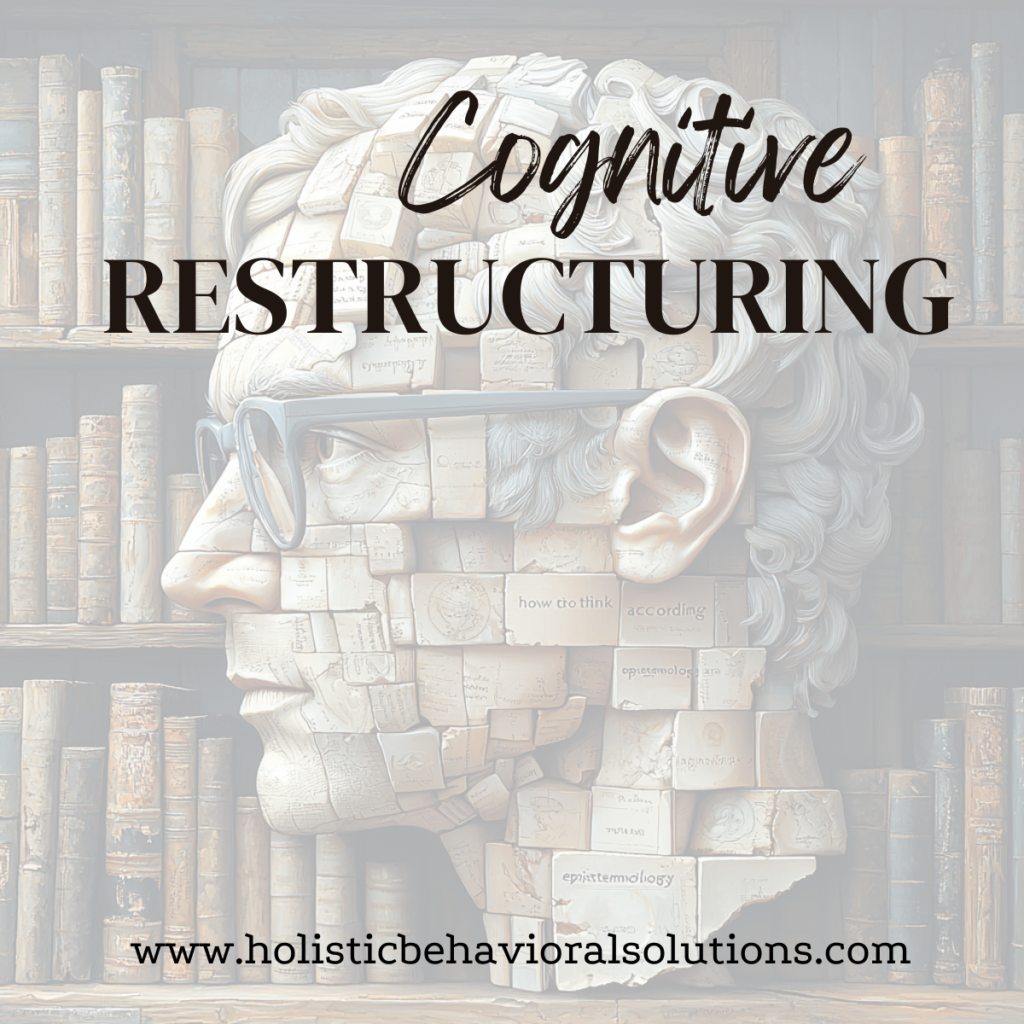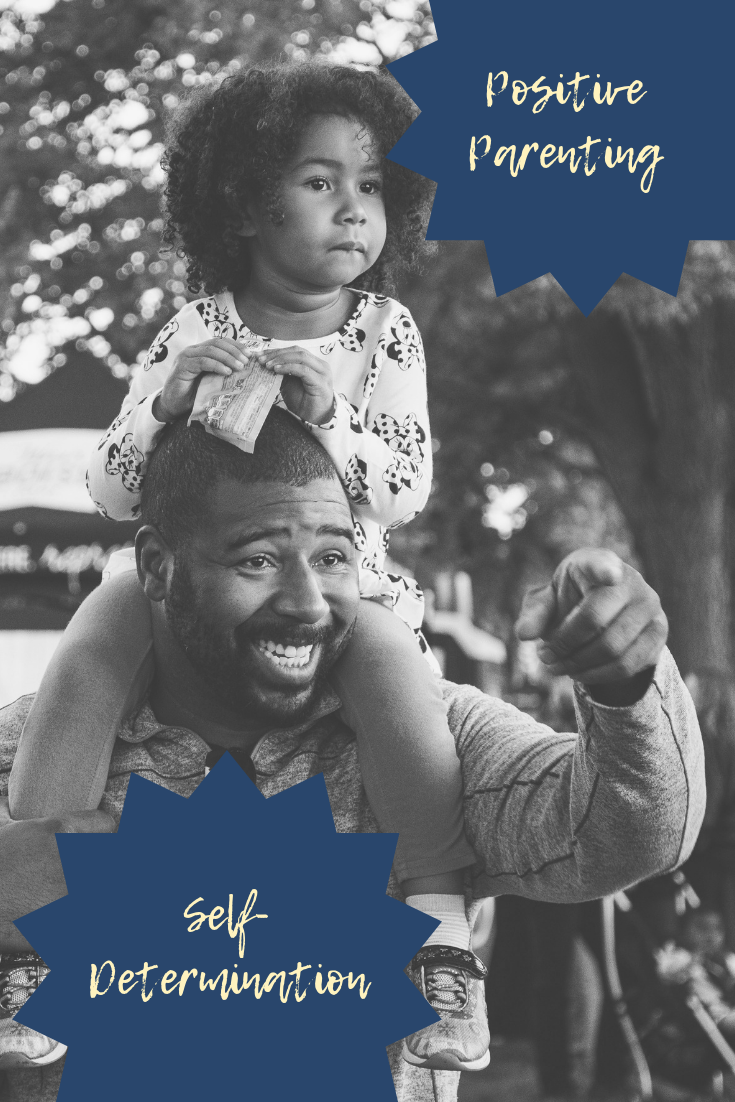
Rewiring the Mind: How Cognitive Restructuring Builds Resilience
As a therapist with a deep-rooted passion for resilience, I’ve seen many therapeutic techniques at work—but few are as transformative as Cognitive Restructuring. This powerful method, a cornerstone of Cognitive Behavioral Therapy (CBT), helps individuals challenge and change the negative thought patterns that drive emotional distress and self-defeating behaviors. When done consistently, it has the potential to shift not only mindsets and lives.
What Is Cognitive Restructuring?
At its core, cognitive restructuring is a process of identifying distorted or unhelpful thoughts and consciously replacing them with more accurate, balanced alternatives. The premise is simple: our thoughts shape how we feel and act. When we change how we think, we change how we experience the world.
Take, for example, someone who believes, “I always fail; nothing I do ever works out.” Through guided cognitive restructuring, we would explore the roots of this belief, challenge its validity, and reframe it into something more empowering, like: “I’ve had setbacks, but I’ve also succeeded—and I’m capable of growing through experience.”
Why Cognitive Restructuring Fuels Resilience
Resilience—the ability to bounce back from adversity—relies heavily on mental flexibility. When negative thought patterns dominate, it becomes difficult to adapt, recover, or even believe change is possible.
Cognitive restructuring strengthens resilience by helping individuals reframe challenges, reduce emotional overwhelm, and adopt a solution-oriented perspective. It’s not about putting a positive spin on everything or ignoring real problems. Instead, it’s about cultivating a healthier, more realistic lens through which to view the world—and ourselves.
Clients who engage in this practice often become more confident problem-solvers, better equipped to navigate life’s ups and downs with steadiness and self-compassion.
Common Cognitive Distortions That Hold Us Back
Before we can change unhelpful thinking, we need to recognize the distortions that fuel it. These automatic patterns often go unnoticed, but they deeply influence how we feel.
Here are some of the most common cognitive distortions:
- All-or-Nothing Thinking: “If I’m not perfect, I’m a failure.”
- Overgeneralization: “I didn’t get this job—nothing ever works out for me.”
- Catastrophizing: “If I make a mistake, I’ll lose everything.”
- Mental Filtering: “I only see the one thing that went wrong.”
- Disqualifying the Positive: “That compliment doesn’t count—they were just being polite.”
- Should Statements: “I should always have it together.”
These thoughts often feel true, but they’re rarely the whole story. That’s where cognitive restructuring comes in.
The 4-Step Process of Cognitive Restructuring
1. Identify the Thought
The first step is awareness. Pay attention to moments of distress and the thoughts that accompany them. Keeping a thought diary is a great tool—jot down the situation, your feelings, and the exact thoughts that arose.
Example: “I felt anxious in the meeting because I thought, ‘Everyone thinks I’m incompetent.’”
2. Challenge the Thought
Once a thought is on your radar, question it. Ask yourself:
- What evidence supports this thought?
- What evidence contradicts it?
- Am I jumping to conclusions?
- How would I view this if a friend said it?
You might discover that the thought is more fear-based than fact-based.
3. Reframe the Thought
Now replace the distorted thought with a more realistic one—something rooted in evidence and self-compassion.
New Thought: “I prepared well. I’ve done fine in meetings before. A mistake doesn’t define my worth.”
4. Practice, Practice, Practice
Rewiring your thought patterns doesn’t happen overnight. It takes consistency. Each time the old belief surfaces, consciously replace it with the new one. Over time, this healthier thinking becomes your default.
Building Inner Strength Through Thought Work
Cognitive restructuring is more than a therapeutic technique—it’s a life skill. By confronting distorted thinking, we open the door to greater clarity, confidence, and connection. We become less reactive, more intentional, and infinitely more resilient.
It’s a profound process I’m honored to guide people through. Again and again, I’ve seen how shifting one thought can spark an entire personal revolution.
How to Start Practicing Today
Here are a few simple ways to bring cognitive restructuring into your daily life:
- Keep a Thought Journal: Note situations that trigger strong emotions and track your thinking.
- Practice Curiosity, Not Criticism: Approach your thoughts with curiosity, not judgment.
- Challenge Absolutes: Look for nuance in your thinking—rarely is life all good or all bad.
- Be Kind in Your Reframes: Choose language that supports and encourages you.
Pair Inner Work with Outer Care
At The Holistic Store, we believe emotional wellness starts from the inside out. While you’re working on your mindset, support your body with high-quality wellness supplements and self-care tools. When your body feels nourished, it’s easier to stay present, focused, and emotionally grounded.
Final Thought:
Cognitive restructuring has changed the way I work with clients—and the way I approach my own thoughts. If you’re ready to break free from limiting beliefs, build resilience, and experience emotional clarity, this practice is a powerful place to start. You can shift your mindset. And when you do, everything else begins to shift with it.

